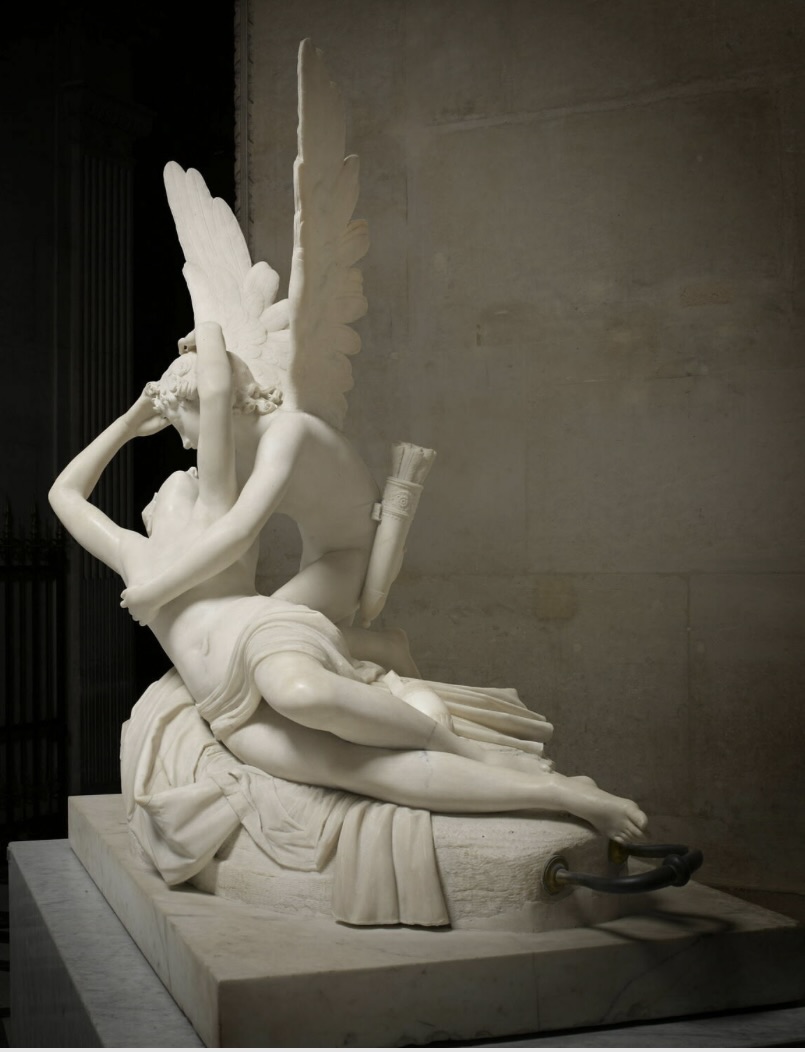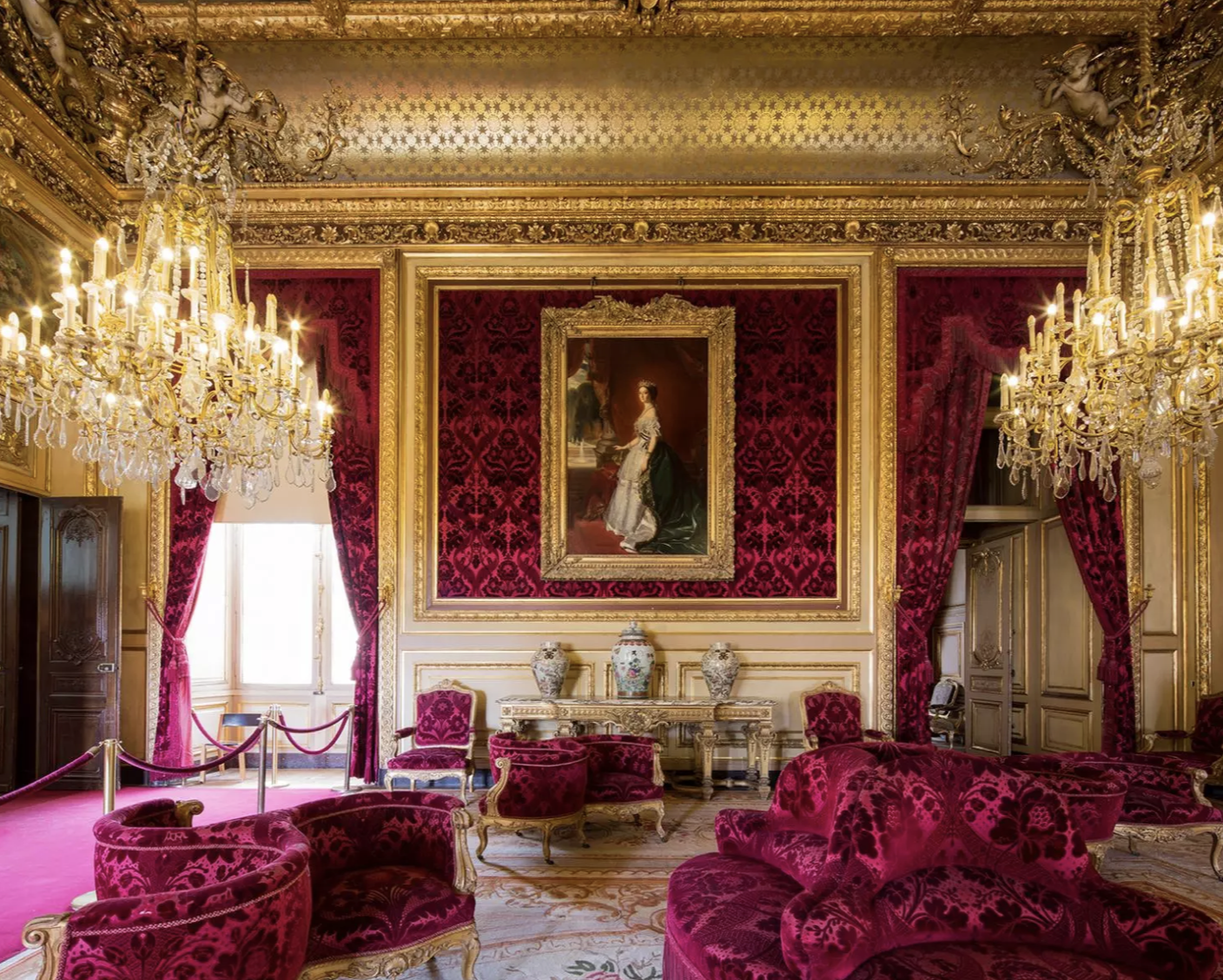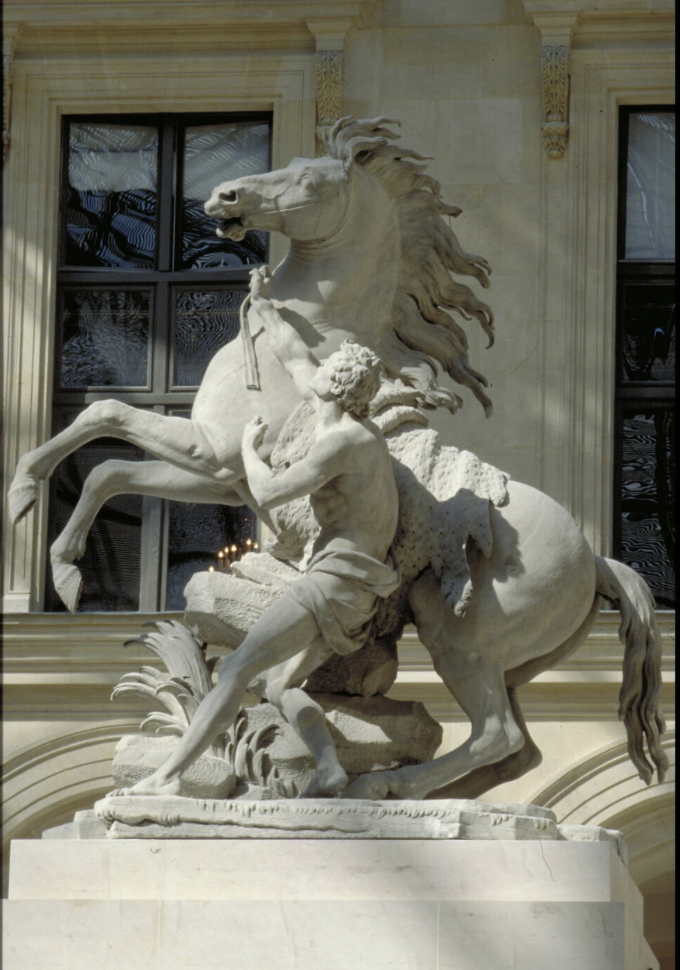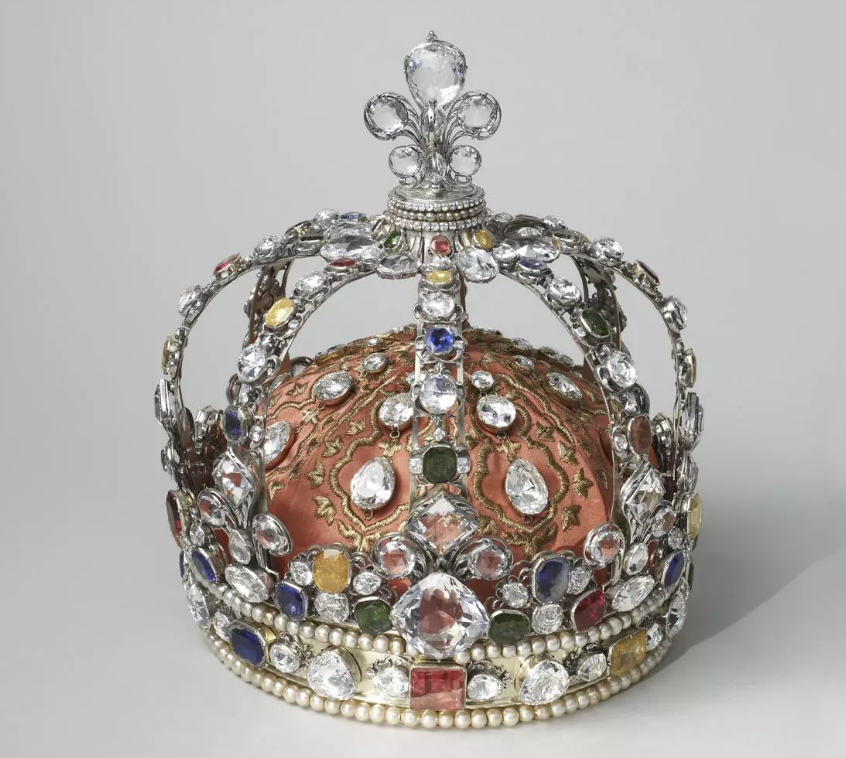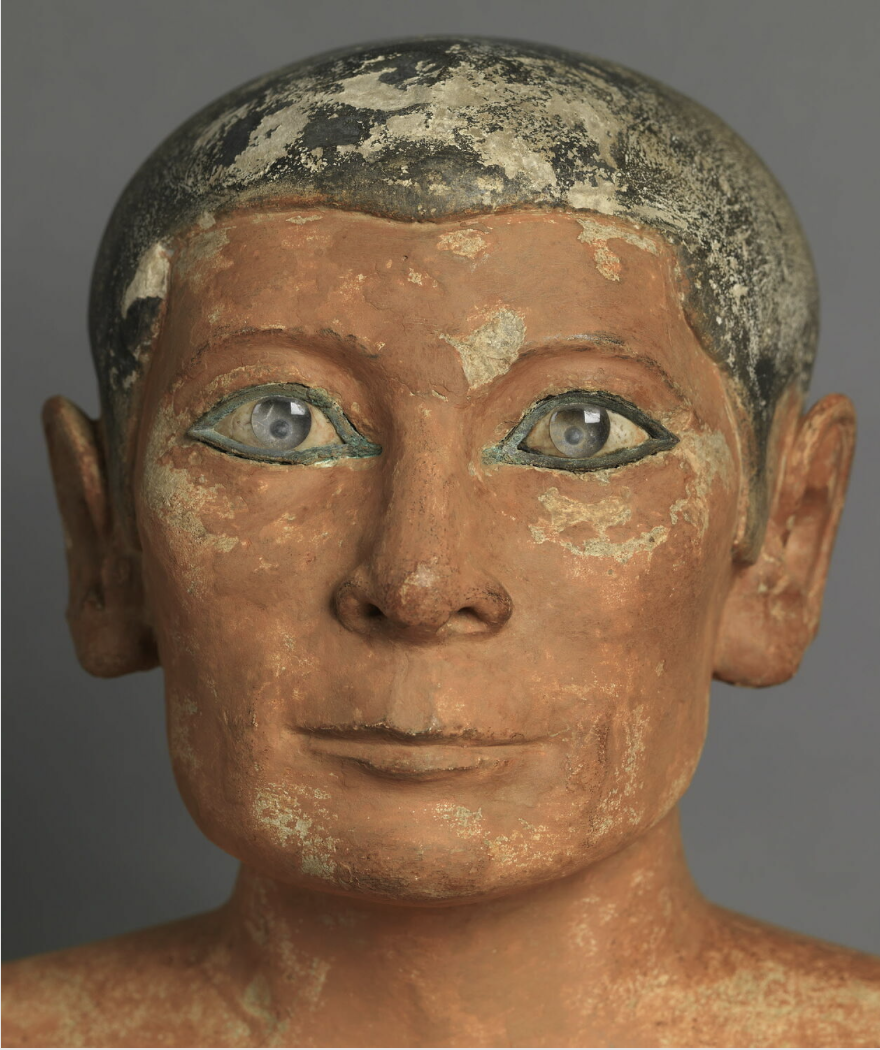Introduction
Stepping into the world of Parisian museums felt like a leap into the unknown. I was at the stage of reaching out to museums to meet with experts who could provide valuable insights about their institutions. Initially, I was still figuring out whom to contact and how to approach them. Reaching out to some of the world’s most prestigious art institutions to introduce our project, “111 Museums in Paris That You Should Not Miss,” was intimidating, especially for someone like me who tends to be more reserved. But, as they say, the first step is always the hardest.
Initial Uncertainty and Taking the Leap
Drafting the initial email to introduce myself and explain our project was tedious. I kept changing it and asking myself questions such as: “What if they weren’t interested?” and “What if they didn’t even reply?” After much deliberation, I finally resolved to the final version.
Unexpected Response from the Louvre
Despite my doubts, and I have to admit my lack of confidence, I contacted the most prestigious museums in Paris: the Louvre, the Musée d’Orsay, and the Centre Pompidou. Given the volume of requests these museums must receive, I wasn’t expecting a quick, enthusiastic response. Therefore, I thought it best to start early, knowing it might take some time to hear back from them.
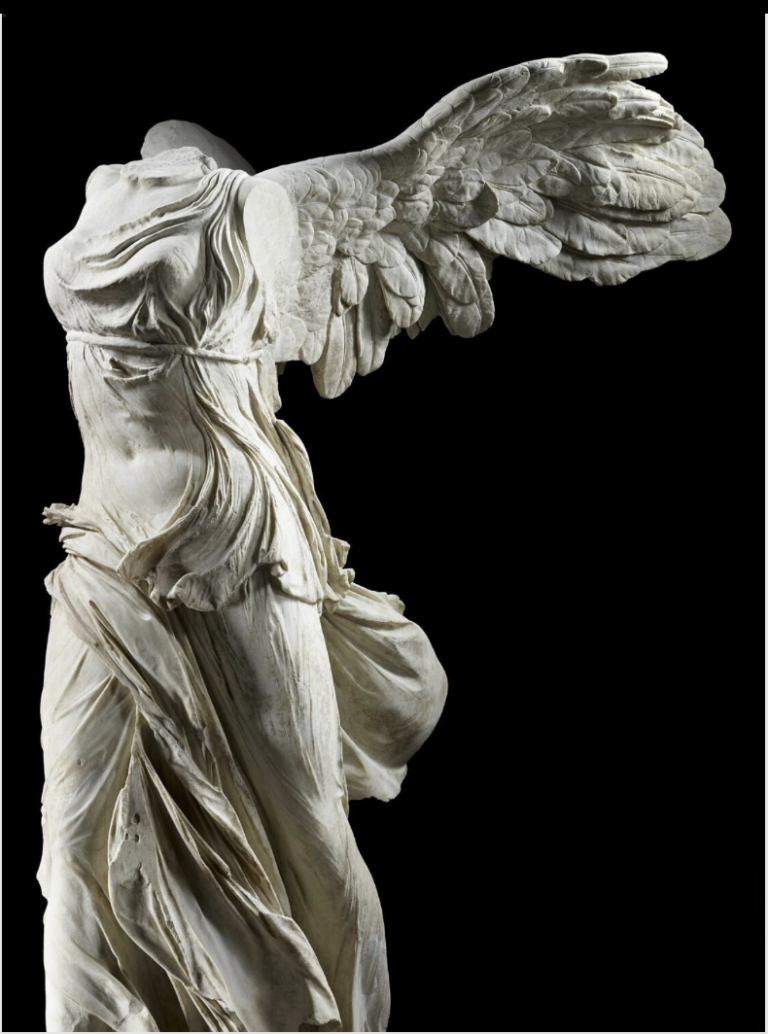
My jaw dropped, and I could not help but wonder why they would be interested in meeting me. After all, who doesn’t know about the Louvre? I was left in a state of perplexity. Little did I know, I was about to discover why. I scheduled a meeting with the head of communication. A few days later, I was on my way to our meeting.
Meeting at the Louvre
I was welcomed at the Louvre’s office by the head of communication, a lovely woman I felt totally at ease with. As I introduced myself, I provided more details about our mission to explore museums from a unique perspective tailored for art enthusiasts. I was sure there were many untold stories, maybe too many, but I was still wondering why she agreed to meet me so quickly. Then, quite bluntly, she explained that the Stars of the Louvre, the Mona Lisa, the Venus de Milo, and the winged Victory of Samothrace steal the show of all the other artworks. She added:
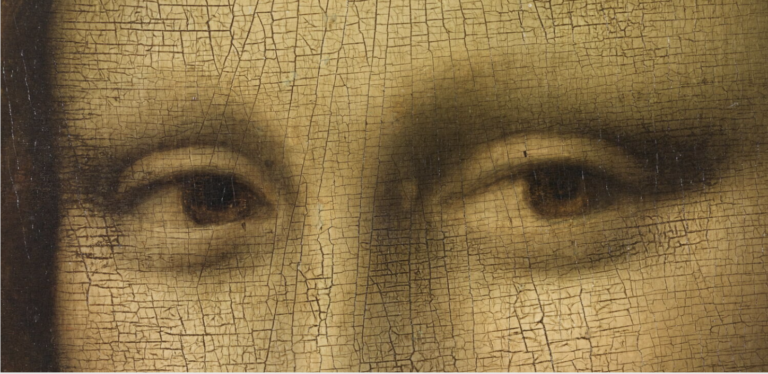
She explained that the Louvre needs guidebooks like ours to encourage visitors to visit other wings and come back.
Visitor Insights and Reflections
The Louvre is home to the world’s most famous masterpieces, making it a magnet for visitors worldwide.
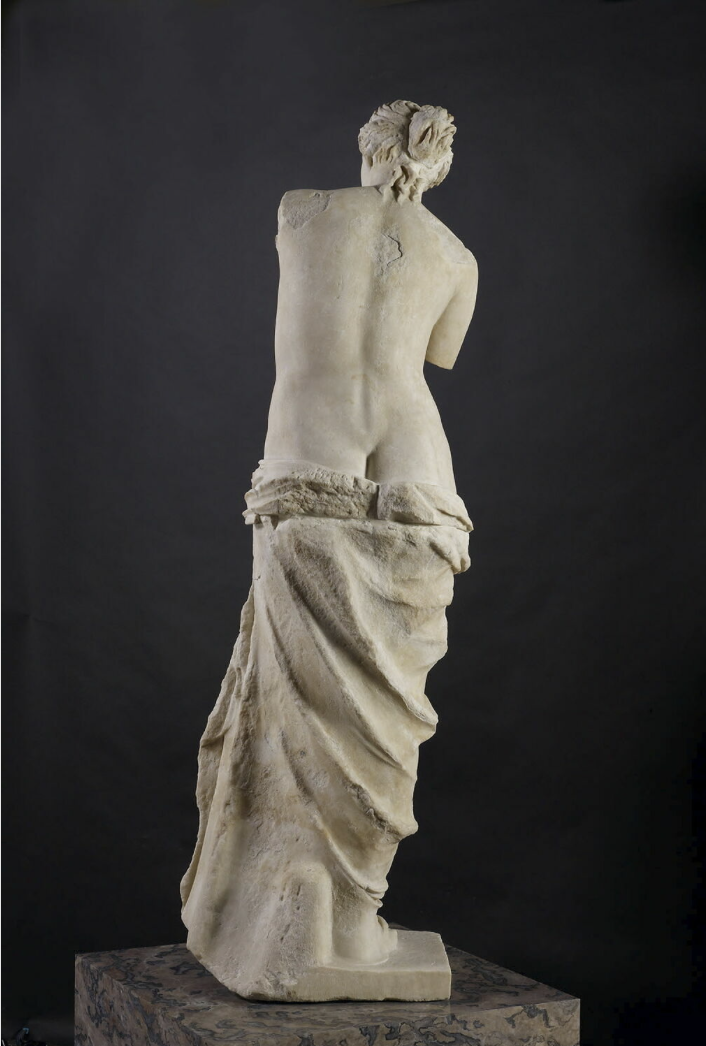
The Mona Lisa is the most visited artwork in the world. Interestingly, about 60% of annual visitors are first-timers who flock to these celebrated pieces, often spending significant time in the Denon Wing, where many are housed. Recent data reveals that 70% of the Louvre’s visitors come from outside France, primarily from the United States, Italy, the United Kingdom, Germany, and Spain. Meanwhile, around 30% are French, with a notable percentage being Parisians or residents of the Île-de-France region, underscoring the Louvre’s universal appeal. In 2023, the museum saw an impressive 8.9 million visitors.
Encouraging Repeat Visits
Most of my French friends have been to the Louvre once and don’t want to go back. Just the idea of waiting in line turns them off. Meanwhile, my foreign friends feel they’ve seen what they wanted and are eager to explore lesser-known museums. On the other hand, I have a close friend visiting the Louvre once a week for the past 20 years.
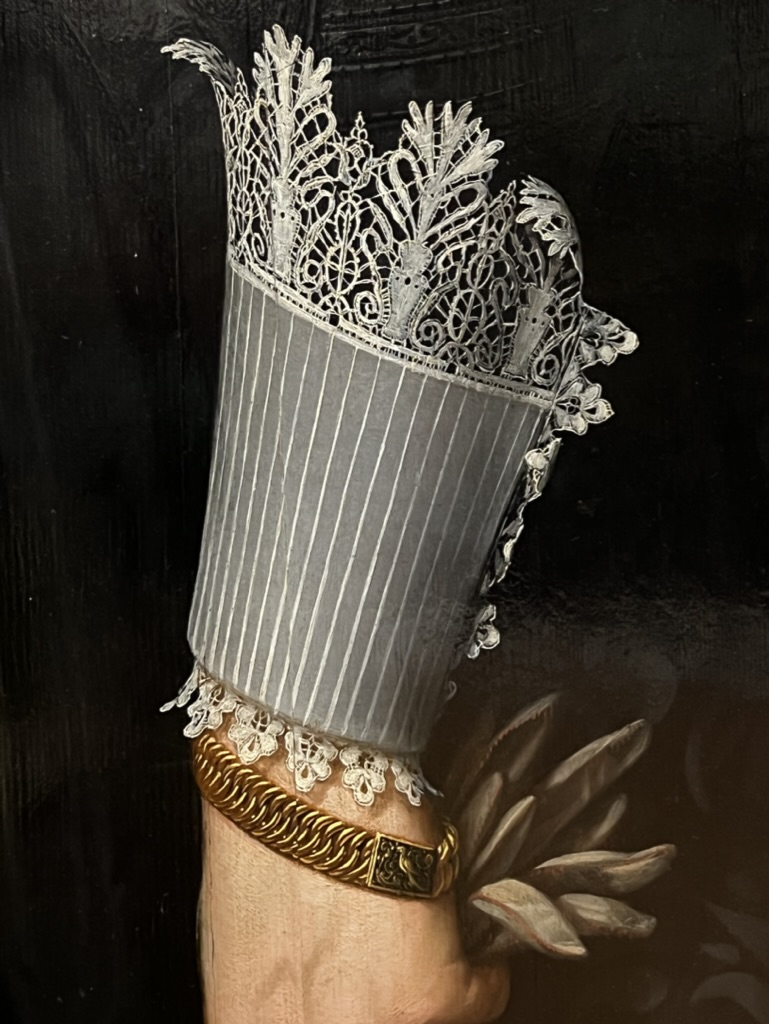
Did you know that the Louvre houses 380,000 art pieces? The museum boasts 14 kilometers (8.7 miles) of galleries, divided into three main wings: the Richelieu, Denon, and Sully. If you were to spend 30 seconds viewing each piece, it would take over 4,750 hours or nearly 198 days of non-stop viewing. This calculation doesn’t account for time spent walking between artworks, resting, or eating, so realistically, it would take much longer.
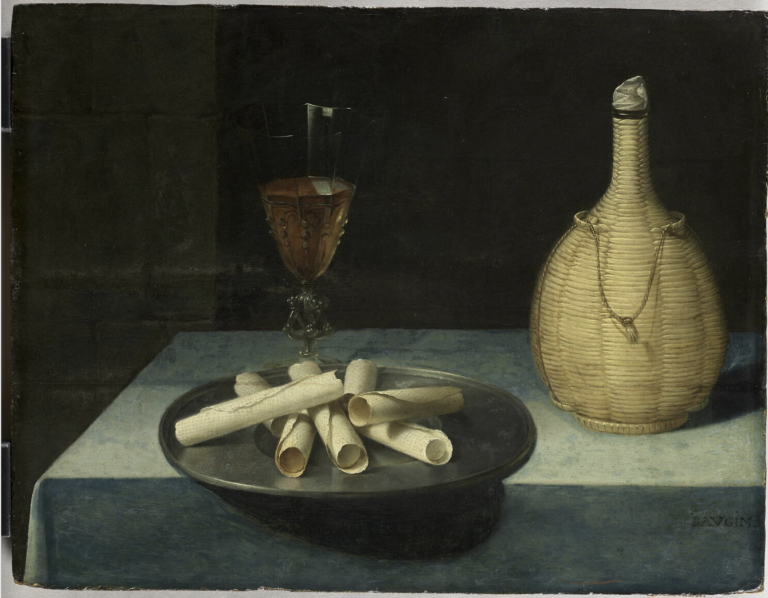
Discovering Hidden Gems
Beyond the famous artworks, the Louvre boasts many hidden gems that are equally captivating. Have you seen Psyche Revived by Cupid’s Kiss by Antonio Canova, The Seated Scribe, The Crown Jewels of Louis XV, The Lamassu from Khorsabad, The Dying Slave by Michelangelo, The Code of Hammurabi, or Marly Horses by Guillaume Coustou? The list goes on!
Reflections on the Louvre
The Louvre is an awe-inspiring marvel, offering a plethora of captivating guided tours and fun workshops such as yoga and dance classes! There’s just so much to explore and enjoy. I love visiting the Louvre during the late hours when it’s quiet and peaceful. It’s a bit spooky, but also really cool to think about all the history and intrigue that took place there. I can’t help but wonder how long it took for messages to travel from one end of the palace to the other. It’s a place full of mystery and charm.
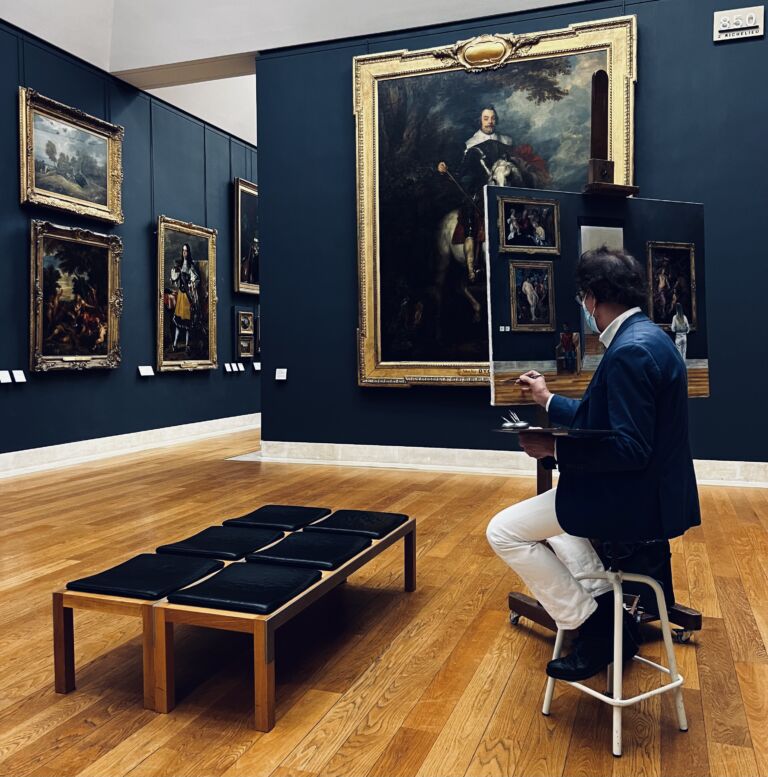
If the thought of long lines keeps you from returning, rest assured there are plenty of tricks to avoid them. And yes, visiting such a large museum can be daunting.
In another chapter, I’ll explain the challenge of writing a chapter about the Louvre in 2000 characters. That was indeed a daunting task! I will reveal how I went about it and what I discovered. I will also include tips on avoiding lines and making the most of your visit. You should Plan on coming back!
Questions: “Have you ever visited the Louvre? What hidden gems did you discover?
“111 Museums in Paris That You Shouldn’t Miss” guidebook is available in the US, UK and France in Museums, your local bookstore, or buy online from amazon.com
Further Reading
-
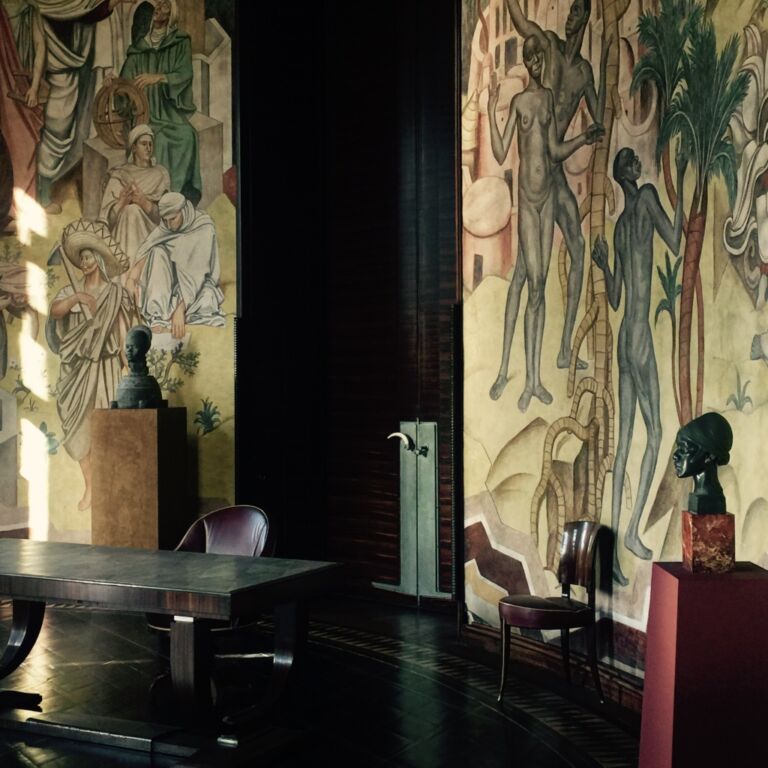
“111 Museums in Paris That You Should Not Miss”: Who Does What?
Before starting to work on our guidebook "111 Museums in Paris You Should Not Miss," James and I divided our tasks. I was excited but anxious about which museums we'd cover. The experience taught us a lot and led to surprising discoveries. Want to know more about our journey? Read the full story!
Read more
-
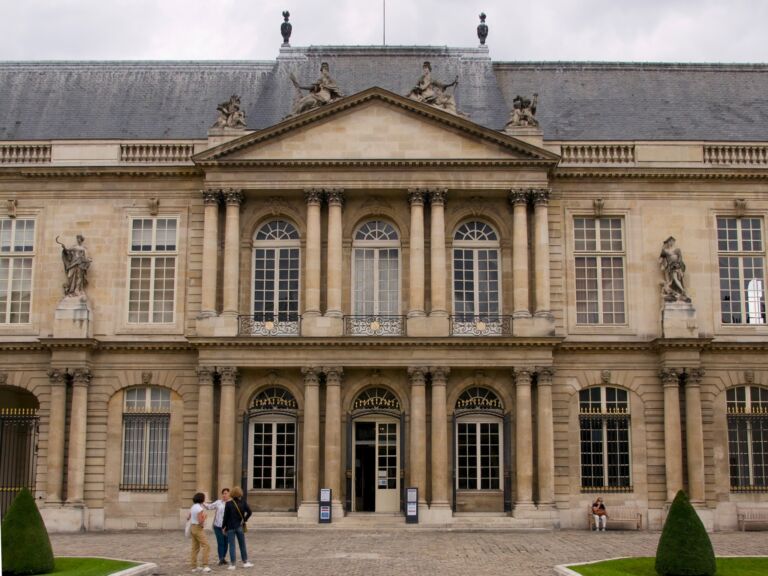
“111 Museums in Paris That You Should Not Miss”: Let’s Start Working
After the excitement of knowing that I would be writing a guidebook with James about “111 museums in Paris that you should not miss”, it was time for us to get to work. The initial step was to identify the 111 museums in Paris and prepare a synopsis for each.
Read more

